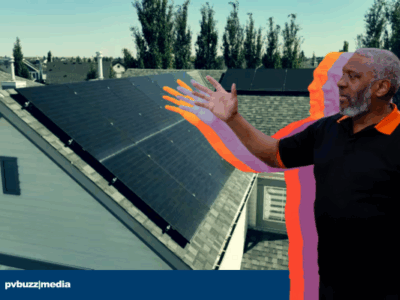European residential electricity costs have historically exceeded U.S. costs, and the gap has widened in recent years. In 2013, average residential electricity rates in European Union (EU) countries were more than double rates in the United States. Regulatory structures—including taxes and other user fees, investment in renewable energy technologies, and the mix and cost of fuels—all influence electricity prices.
In 2013, average EU residential prices were 0.20 euro per kilowatthour (euro/kWh), which translates to about 26.57 cents per kilowatthour (cents/kWh), a 43% increase from the average 2006 price of 18.80 cents/kWh. In that same time, U.S. prices increased only 17%, from 10.40 cents/kWh to 12.12 cents/kWh.
 Source: U.S. Energy Information Administration and Eurostat — Note: European Union average consists of 27 member countries in 2006, 28 member countries for all other years.
Source: U.S. Energy Information Administration and Eurostat — Note: European Union average consists of 27 member countries in 2006, 28 member countries for all other years.
These averages mask wide differences across the European Union, ranging from 11.99 cents/kWh (Bulgaria) to 39.42 cents/kWh (Denmark) in 2013. Denmark and Germany have some of the highest prices in the region, while Bulgaria is the only country in the EU-28 with residential prices lower than the U.S. average in 2013.
The range of electricity prices across the United States is also wide. In 2013, the average residential U.S. price was 12.12 cents/kWh, with a range in the Lower 48 states of 8.67 cents/kWh (Washington) to 18.84 cents/kWh (New York). At 36.99 cents/kWh, Hawaii has the highest residential electricity prices in the United States because of the high cost of transporting generation fuel to the islands; its residential rates are near Denmark’s.
 Source: U.S. Energy Information Administration, Electric Power Monthly; Eurostat — Note: A conversion factor of 1.328 Euros/USD was used. Percent share of residential sales are 2012 values.
Source: U.S. Energy Information Administration, Electric Power Monthly; Eurostat — Note: A conversion factor of 1.328 Euros/USD was used. Percent share of residential sales are 2012 values.
Taxes and levies explain high prices in some European countries. EU countries taxed residential electricity rates at an average of 31% in 2013, up from an average of 23% in 2006. These values vary greatly by country, with tax ratess in 2013 as low as 5% in the United Kingdom (UK) and up to 57% in Denmark.
In Germany, where taxes and levies account for about half of retail electricity prices, transmission system operators charge residential consumers a renewable energy levy that is used to subsidize certain renewable generation facilities. Overall, nonhydro renewable electricity generation in the European Union increased its share from 6% in 2006 to more than 12% in 2013, while in the United States it increased from 2.5% to more than 5%.
In addition, Germany committed to reducing the number of operating nuclear plants in the country and introduced policy incentives to reduce electricity generation from coal. Replacing these existing facilities and their fuels with new generation sources has also increased their electricity cost.
Natural gas has accounted for an increasing share of U.S. generation as domestic natural gas production increases have allowed for a greater supply to be available at relatively low cost. Although about 18% of 2012 EU generation came from natural gas, most EU countries consume more natural gas than they produce and thus rely on pipeline or liquefied natural gas (LNG) imports.
From 2006 to 2013, prices for natural gas at the main trading hubs in the UK and Germany increased by more than a third, while prices at the U.S. benchmark Henry Hub decreased by 45%.
Article Source:
European residential electricity prices increasing faster than prices in United States; Cara Marcy, Alexander Metelitsa U.S. Energy Information Administration — November 18, 2014











Comments